Can pleurisy go away on its own. Pleurisy: Duration, Causes, and Treatment – What You Need to Know
How long does pleurisy typically last. What are the common causes of pleurisy. Can pleurisy resolve on its own. What treatments are available for pleurisy. When should you seek medical attention for pleurisy symptoms.
Understanding Pleurisy: An Overview of the Condition
Pleurisy, also known as pleuritis, is an inflammatory condition affecting the pleura – the thin, double-layered membrane that surrounds the lungs and lines the chest cavity. This condition can cause significant discomfort and respiratory issues for those affected. But what exactly happens when you develop pleurisy?
In a healthy individual, the pleura produces a small amount of fluid that acts as a lubricant, allowing the lungs to move smoothly during breathing. However, when pleurisy occurs, this delicate balance is disrupted. The pleural layers become inflamed, leading to increased friction and potentially causing a buildup of excess fluid in the pleural space – a condition known as pleural effusion.
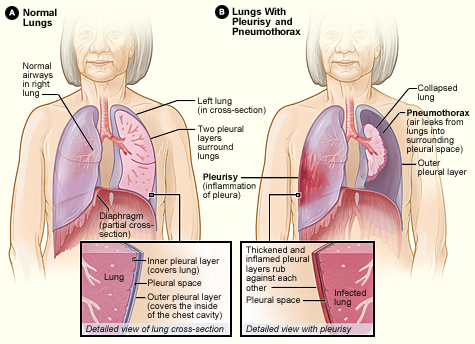
Key Symptoms of Pleurisy
- Sharp, stabbing chest pain that worsens with breathing
- Pain that may extend to the shoulder area
- Shortness of breath
- Dry cough
- Fever and chills (in some cases)
What sets pleurisy apart from other respiratory conditions? The hallmark symptom is the characteristic chest pain that intensifies during breathing, coughing, or sneezing. This pain is often described as sharp or stabbing and can be severe enough to significantly impact a person’s daily activities.
The Many Faces of Pleurisy: Understanding Its Causes
Pleurisy can arise from various underlying conditions, ranging from common infections to more serious systemic diseases. Identifying the root cause is crucial for effective treatment and management. So, what are some of the most common culprits behind pleurisy?
Infectious Causes
- Viral infections (including influenza and COVID-19)
- Bacterial pneumonia
- Tuberculosis
Non-Infectious Causes
- Autoimmune disorders (e.g., lupus, rheumatoid arthritis)
- Pulmonary embolism
- Chest trauma or injury
- Certain medications
- Cancer (particularly lung and breast cancer)
How does the underlying cause affect the course of pleurisy? The etiology plays a significant role in determining the duration, severity, and treatment approach for pleurisy. For instance, viral-induced pleurisy may resolve on its own within a few weeks, while pleurisy caused by an autoimmune condition may require long-term management.
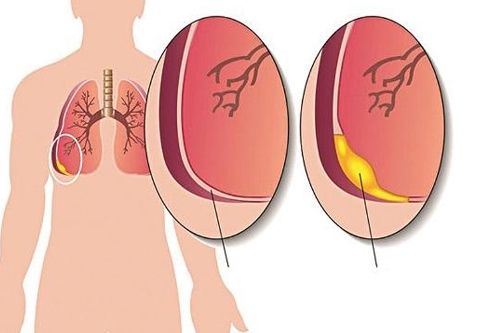
The Timeline of Pleurisy: How Long Can You Expect It to Last?
One of the most pressing questions for those diagnosed with pleurisy is: “How long will this condition persist?” The duration of pleurisy can vary widely depending on several factors. Let’s explore the typical timelines for different scenarios:
Viral-Induced Pleurisy
How long does pleurisy caused by a viral infection typically last? In most cases, viral pleurisy resolves within 1-2 weeks with proper rest and symptomatic treatment. However, some individuals may experience lingering symptoms for up to a month.
Bacterial Pleurisy
What about pleurisy caused by bacterial infections? When treated promptly with appropriate antibiotics, bacterial pleurisy often improves within 1-2 weeks. However, if complicated by pleural effusion, recovery may extend to 4-6 weeks or longer.
Pleurisy Due to Chronic Conditions
For pleurisy associated with underlying chronic conditions such as autoimmune disorders, the timeline can be more variable. Symptom management may be ongoing, with periods of flare-ups and remissions.
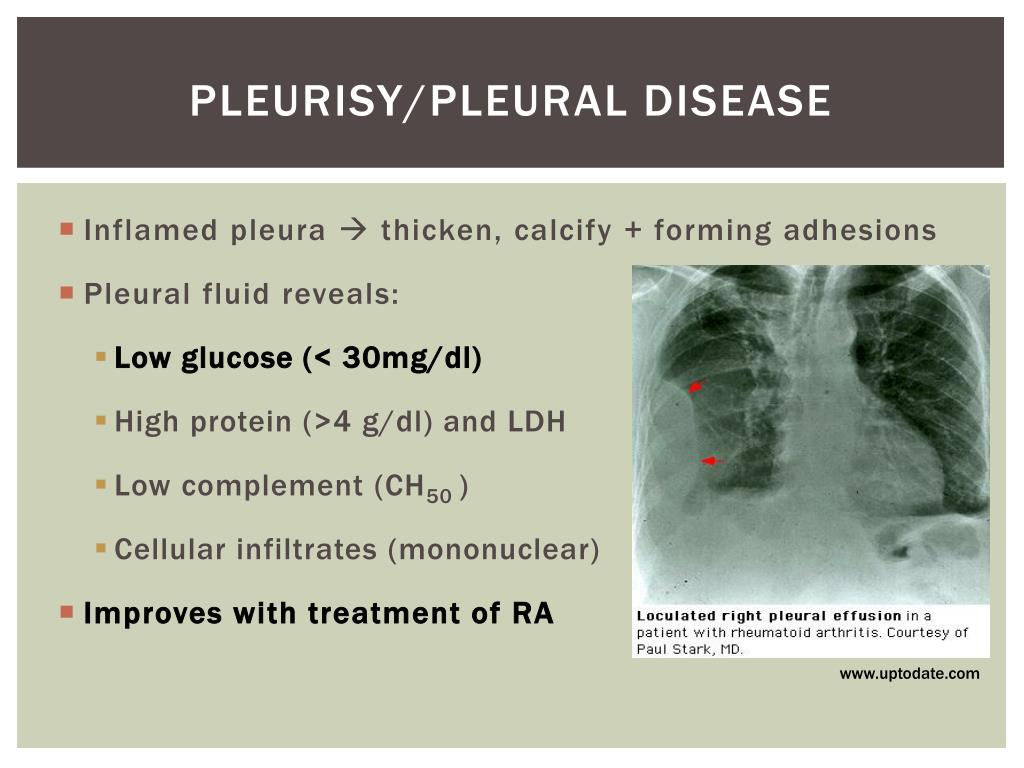
It’s important to note that these timelines are general estimates. Individual cases can vary significantly, and complications may extend the recovery period.
Treatment Approaches: Addressing Pleurisy and Its Underlying Causes
The treatment of pleurisy focuses on two main objectives: alleviating symptoms and addressing the underlying cause. The specific approach will depend on the etiology and severity of the condition. So, what are the common treatment strategies for pleurisy?
Symptomatic Relief
- Pain management with NSAIDs or other analgesics
- Rest and limiting physical activity
- Breathing exercises to prevent lung collapse
Treating the Underlying Cause
- Antibiotics for bacterial infections
- Antiviral medications for certain viral infections
- Immunosuppressants for autoimmune-related pleurisy
- Anticoagulants for pulmonary embolism
Managing Pleural Effusion
- Thoracentesis (draining fluid from the pleural space)
- Pleurodesis (adhering the pleural layers to prevent fluid accumulation)
How effective are these treatments in resolving pleurisy? When administered appropriately, these treatments can significantly reduce the duration and severity of pleurisy. However, the success rate largely depends on the underlying cause and the timeliness of intervention.
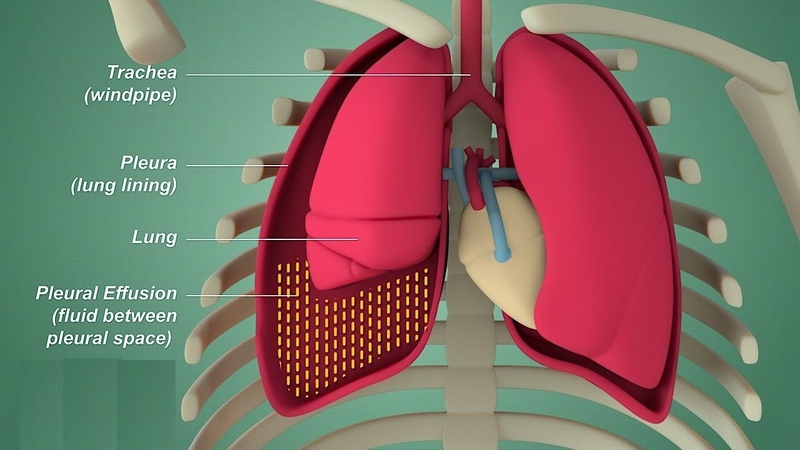
Can Pleurisy Resolve on Its Own? Exploring Self-Resolution
A question that often arises is whether pleurisy can go away on its own without medical intervention. The answer isn’t straightforward and depends on various factors. Let’s delve into the scenarios where self-resolution might occur and when medical attention is crucial.
Cases of Potential Self-Resolution
In some instances, particularly when caused by viral infections or mild inflammatory processes, pleurisy may indeed resolve on its own. The body’s immune system can often combat the underlying infection or inflammation, leading to a gradual improvement in symptoms over days to weeks.
When Medical Intervention is Necessary
However, it’s important to note that even in cases where self-resolution is possible, medical evaluation is still recommended. Why? Because pleurisy can be a symptom of more serious underlying conditions that require prompt treatment. Additionally, complications such as pleural effusion may develop, necessitating medical intervention.
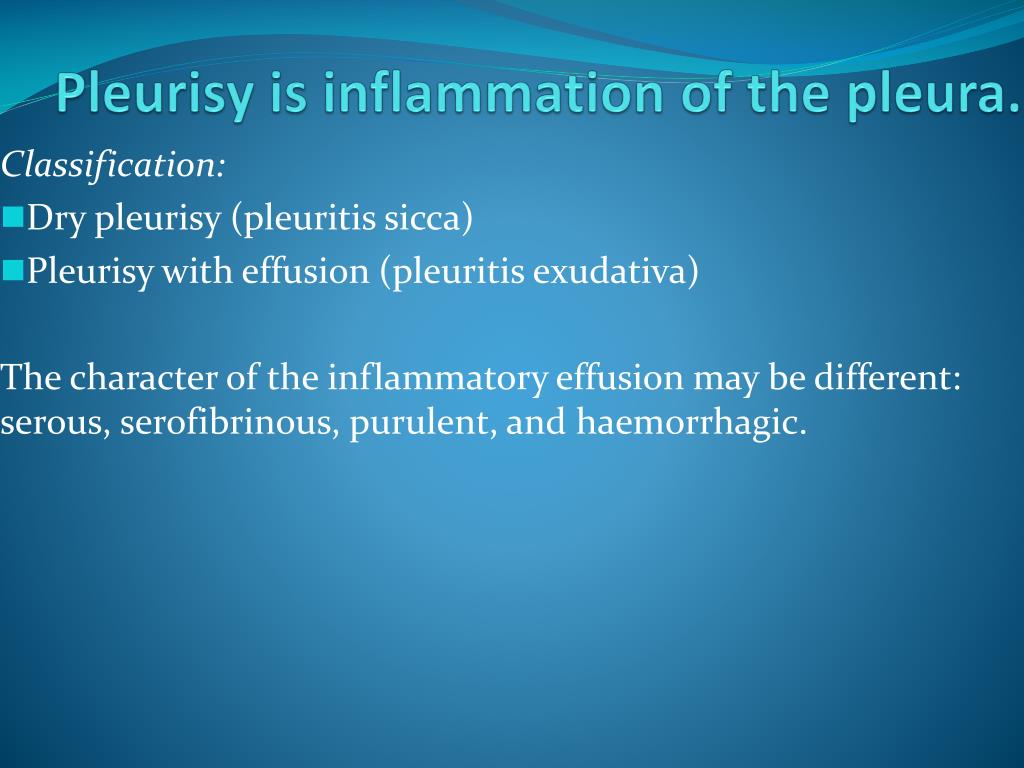
What are the risks of leaving pleurisy untreated? Untreated pleurisy can lead to several complications, including:
- Pleural adhesions
- Lung collapse (atelectasis)
- Empyema (accumulation of pus in the pleural space)
- Chronic pain
Given these potential risks, it’s always advisable to seek medical attention when experiencing symptoms of pleurisy, even if they seem mild.
Lifestyle Adjustments and Home Remedies for Pleurisy Management
While medical treatment is often necessary for pleurisy, certain lifestyle adjustments and home remedies can complement professional care and aid in recovery. What can individuals do at home to manage their pleurisy symptoms and promote healing?
Rest and Recovery
Adequate rest is crucial for recovery from pleurisy. How does rest help? It reduces the strain on the respiratory system, allowing the inflamed pleura to heal more effectively. Patients are often advised to:
- Get plenty of sleep
- Avoid strenuous activities
- Take time off work or school if necessary
Breathing Exercises
Proper breathing techniques can help manage pain and prevent complications. What types of breathing exercises are beneficial?
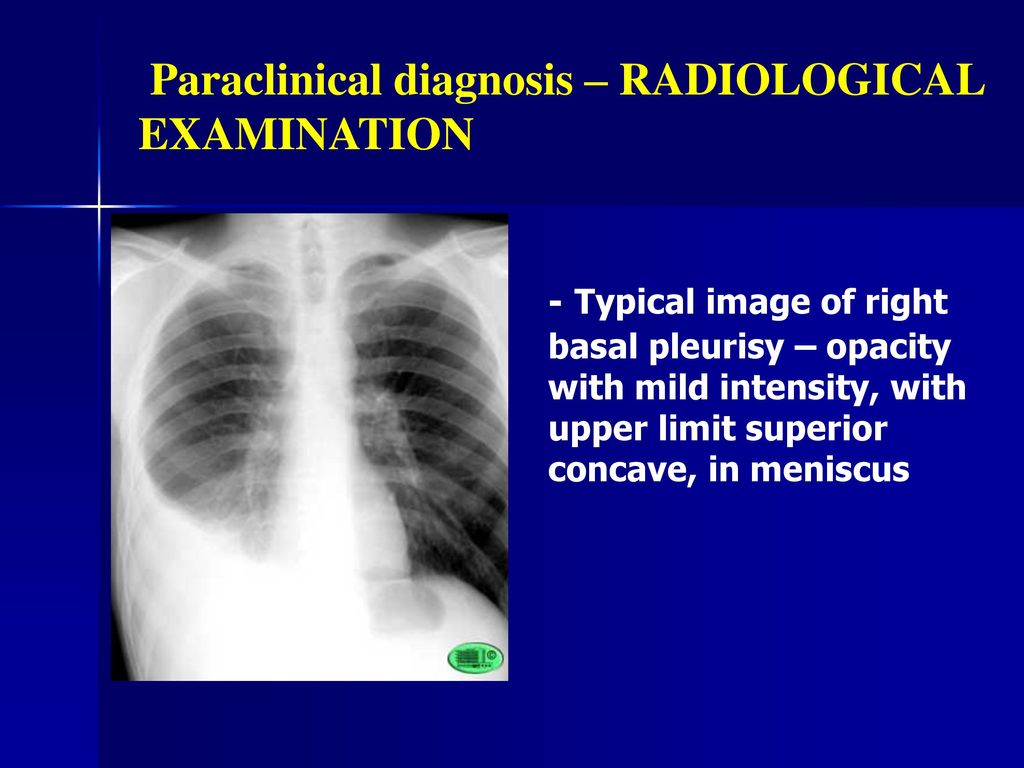
- Deep breathing exercises
- Pursed-lip breathing
- Diaphragmatic breathing
These exercises should be performed under the guidance of a healthcare professional to ensure they’re done correctly and safely.
Pain Management
Over-the-counter pain relievers can help manage the discomfort associated with pleurisy. Which medications are commonly recommended?
- Nonsteroidal anti-inflammatory drugs (NSAIDs) like ibuprofen
- Acetaminophen
It’s important to consult with a healthcare provider before starting any medication regimen.
Hydration and Nutrition
Proper hydration and nutrition can support the body’s healing process. What dietary considerations should individuals with pleurisy keep in mind?
- Stay well-hydrated to help thin mucus secretions
- Consume a balanced diet rich in fruits, vegetables, and lean proteins
- Consider foods with anti-inflammatory properties, such as fatty fish, berries, and leafy greens
Recognizing Complications: When to Seek Immediate Medical Attention
While many cases of pleurisy resolve without significant complications, it’s crucial to be aware of potential warning signs that may indicate a more serious situation. What symptoms should prompt immediate medical attention?
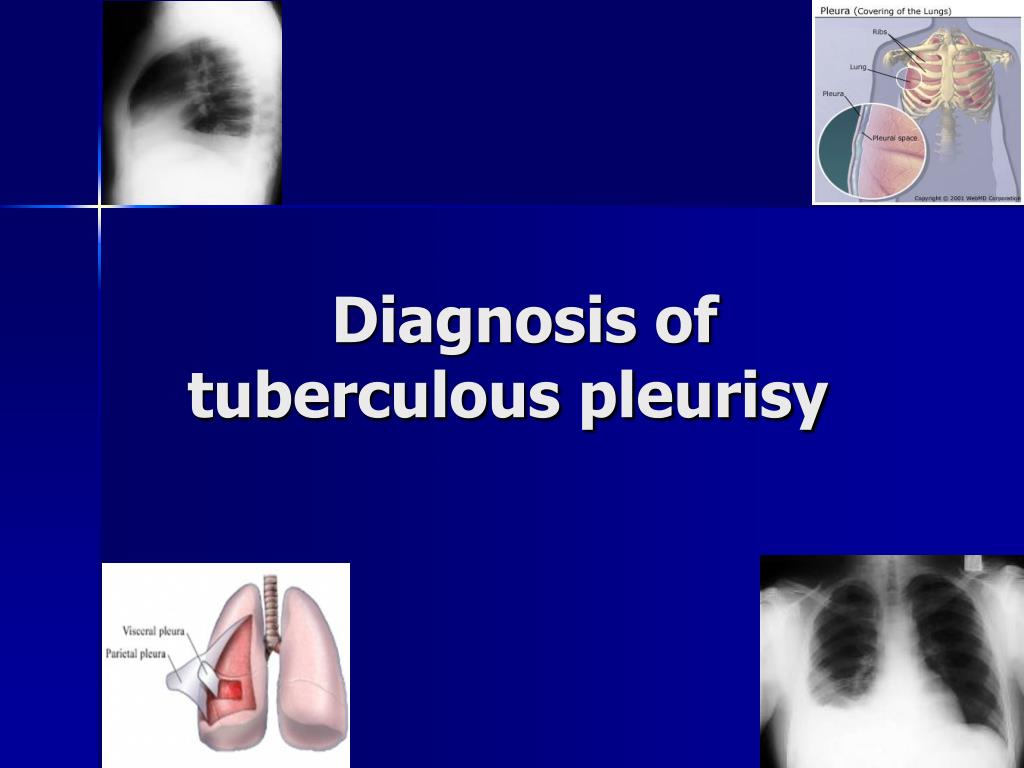
Red Flags for Pleurisy Complications
- Severe, persistent chest pain
- Difficulty breathing or shortness of breath that worsens
- High fever (over 101°F or 38.3°C)
- Coughing up blood
- Signs of shock (rapid breathing, confusion, pale and clammy skin)
Why is prompt medical attention so important in these cases? These symptoms may indicate severe complications such as empyema, lung abscess, or pulmonary embolism, which require immediate medical intervention.
Monitoring Chronic Conditions
For individuals with chronic conditions that predispose them to pleurisy, such as autoimmune disorders, ongoing monitoring is essential. What should these patients be particularly vigilant about?
- Any changes in their usual symptoms
- New or worsening chest pain
- Increased difficulty breathing
- Unexplained fever or chills
Regular check-ups and open communication with healthcare providers are crucial for managing these chronic conditions and preventing pleurisy recurrence.
Long-Term Outlook: Prognosis and Prevention of Pleurisy
Understanding the long-term outlook for pleurisy and strategies for prevention is crucial for individuals who have experienced this condition. What can patients expect in terms of recovery and future risk?
:max_bytes(150000):strip_icc()/pain-with-deep-breathing-4129383-5c70220546e0fb00014361f6.png)
Prognosis for Pleurisy
The prognosis for pleurisy largely depends on its underlying cause. How does the etiology affect long-term outcomes?
- Viral pleurisy: Generally good prognosis with full recovery in most cases
- Bacterial pleurisy: Favorable outlook with appropriate antibiotic treatment
- Pleurisy due to chronic conditions: May require ongoing management but can often be controlled effectively
It’s important to note that prompt diagnosis and treatment significantly improve the prognosis in most cases.
Risk of Recurrence
Can pleurisy come back after initial recovery? The risk of recurrence varies depending on the underlying cause:
- Infectious causes: Generally low risk of recurrence once fully treated
- Autoimmune conditions: Higher risk of recurrent episodes, necessitating ongoing management
- Idiopathic pleurisy: May have a risk of recurrence, though the exact likelihood is difficult to predict
Prevention Strategies
While not all cases of pleurisy are preventable, certain strategies can help reduce the risk. What preventive measures can individuals take?
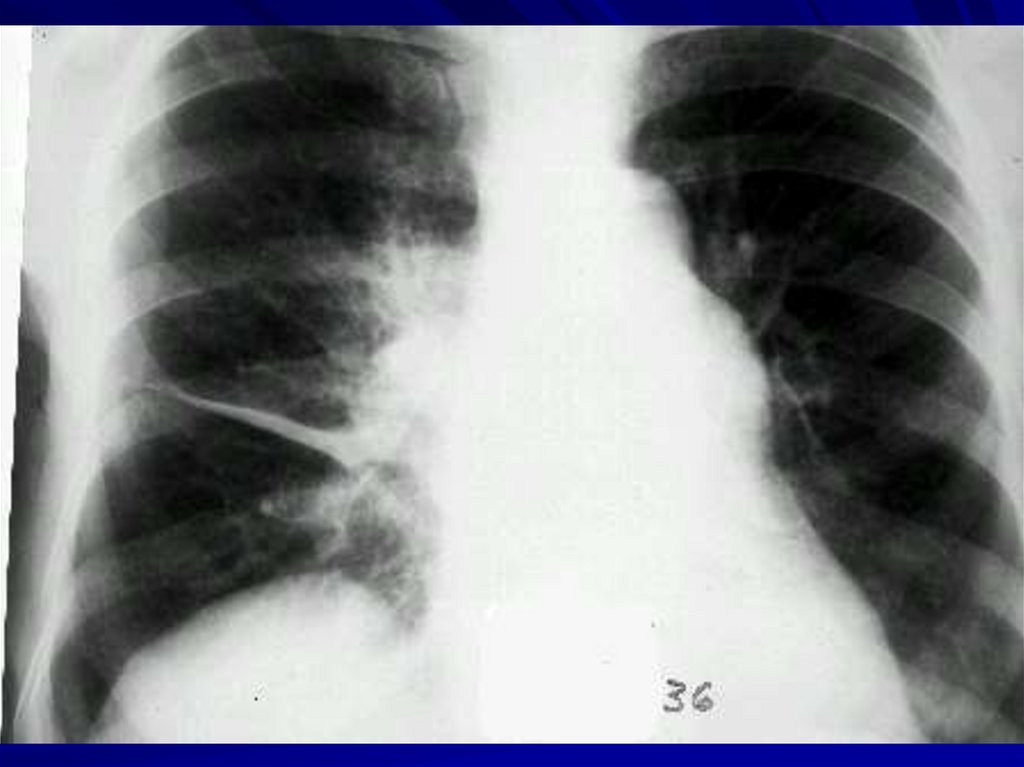
- Maintain good overall health through diet and exercise
- Practice good hygiene to prevent infections
- Stay up-to-date with vaccinations, particularly for pneumonia and influenza
- Manage underlying chronic conditions effectively
- Avoid smoking and exposure to environmental irritants
By implementing these preventive measures and staying vigilant about their health, individuals can significantly reduce their risk of developing pleurisy or experiencing recurrent episodes.
In conclusion, pleurisy is a condition that, while often temporary, requires careful attention and appropriate management. Understanding its causes, recognizing symptoms, and knowing when to seek medical help are crucial for optimal outcomes. With proper care and preventive measures, most individuals can expect a good prognosis and a return to normal respiratory function.
How Long Does Pleurisy Last? What to Expect
Pleurisy, or pleuritis, is a condition that affects the lining of your lungs. Usually, this lining lubricates the surfaces between your chest wall and your lungs. When you have pleurisy, this lining becomes inflamed.
Pleurisy can occur with pleural effusion, which is when fluid builds up in the pleural cavity. The pleural cavity includes the thin layer of tissue covering the lungs and lining the interior of your chest cavity.
Pleurisy may cause a stabbing chest or shoulder pain when you breathe. This pain may be worse when you cough, sneeze, or move.
How long it lasts may depend on:
- the underlying cause
- time of diagnosis
- the method used to treat your pleurisy
Sometimes pleurisy resolves without any treatment at all, and sometimes complications develop even with treatment. Keep reading to find out what to expect if you have pleurisy.
Pleurisy can occur as a complication of a viral infection or bronchitis.
Other common causes include:
- other viral infections that spread to the lung’s lining
- advanced bacterial pneumonia
- chest wounds, injuries, rib fractures, or lung trauma
- blood clots
- recovery from heart surgery
- sickle cell anemia
- lung tumors
- chronic conditions such as lupus
Pleurisy can also occur if you have pleural effusion. Other health conditions may cause pleural effusion. These may include:
- conditions affecting the heart, such as congestive heart failure, pulmonary embolism, or complications from open heart surgery
- kidney disease
- liver cirrhosis
- pneumonia
- COVID-19
- lung or breast cancer
How long pleurisy lasts can depend on what’s causing your condition and whether you’re diagnosed early.
There’s no definitive way to tell how long your pleurisy will last unless you know what’s causing it.
Pleurisy that’s caused by airway inflammation, including bronchitis, bronchiolitis, or pathogens like viruses, can resolve on its own, without treatment. Pain medication and rest can help relieve symptoms of pleurisy while the lining of your lungs heals. This can take up to two weeks in most cases.
Pain medication and rest can help relieve symptoms of pleurisy while the lining of your lungs heals. This can take up to two weeks in most cases.
It’s important to get medical care if you think you have pleurisy. Untreated pleurisy can lead to serious complications if you’re not supervised by a medical professional.
Pleural effusion tends to occur with pleurisy. If you experience pleural effusion (water on the lung), it may require surgical drainage to improve your condition.
Bacterial infection or pneumonia
Pleurisy that’s caused by a bacterial infection or pneumonia typically resolves following a course of antibiotics.
If you develop pleurisy and pleural effusion, it can take up to a month or even longer for symptoms to resolve. A healthcare professional may recommend drainage.
Blood clots
Blood clots, or embolisms, that cause pleurisy are treated with a course of blood-thinning medication. After the embolism dissolves, your pleurisy should heal quickly.
Untreated embolisms may be dangerous and potentially life threatening. Pleurisy may continue until the embolism is addressed. Some people need to continue this kind of medication indefinitely to prevent more embolisms.
Lung tumors
Specialists may treat lung tumors with chemotherapy or radiation before pleurisy resolves. You may need to have the fluid in your lungs drained in the meantime to keep your lungs functioning the way they need to. Your pleurisy symptoms may come back after drainage.
Chest wounds
Pleurisy that’s caused by chest wounds or blunt trauma to your rib cage typically goes away once your injuries heal. Sometimes a pleural effusion happens as a result of these injuries. If that’s the case, this fluid may need to be drained before your pleurisy symptoms go away.
Lupus
Healthcare professionals sometimes recommend nonsteroidal anti-inflammatory drugs (NSAIDs) to treat pleurisy that’s caused by lupus.
You may need other medications that suppress the immune system to control the inflammation of your lung’s lining until pleurisy heals.
If you have pleurisy, the best thing you can do for your body is to rest. A doctor may tell you to rest at home while you wait for your pleurisy to resolve.
With a doctor’s prescription, you can try a codeine-based cough syrup to reduce coughing and help you sleep while your pleurisy heals.
Other ways to help you heal faster or more comfortably can include:
- breathing deeply to clear out the mucus that might otherwise become trapped in your lungs
- taking over-the-counter medication such as ibuprofen (Advil) to suppress pain and inflammation
- lying on the side of your body that’s most painful can compress your lung lining and make you feel more comfortable
If you have a stabbing pain in your lungs when you breathe or cough, seek medical care right away.
Pleurisy should be identified and treated as soon as possible. Since the underlying cause of pleurisy can be quite serious, you need to understand why you’re having these symptoms. While a sharp pain or dull ache settled around your lungs can indicate pleurisy, it can also be a symptom of other serious health conditions.
While a sharp pain or dull ache settled around your lungs can indicate pleurisy, it can also be a symptom of other serious health conditions.
Schedule an appointment with a doctor as soon as you can if you experience any of the following:
- chest pain that worsens when you cough or sneeze
- shortness of breath that leaves you dizzy or disoriented
- a feeling of pressure on your ribcage or lungs
- sharp pain on only one side of your chest
If the condition that causes pleurisy is found and treated, many people with pleurisy can expect a full recovery.
Left untreated, or if you have a chronic condition that causes pleurisy, your symptoms may go away and come back several times. The best course of action is to see a medical professional who can diagnose your pleurisy and give you a recommendation based on your health history.
Pleurisy causes the lining of your lungs to become inflamed. This can cause pain when you breathe.
Pleurisy typically occurs due to an underlying condition, whether a viral or bacterial infection or another health condition, such as blood clots or lupus.
Treatment involves relieving symptoms while treating the underlying condition. Sometimes procedures may help drain excess fluid or air from the lungs.
How Long Does Pleurisy Last? What to Expect
Pleurisy, or pleuritis, is a condition that affects the lining of your lungs. Usually, this lining lubricates the surfaces between your chest wall and your lungs. When you have pleurisy, this lining becomes inflamed.
Pleurisy can occur with pleural effusion, which is when fluid builds up in the pleural cavity. The pleural cavity includes the thin layer of tissue covering the lungs and lining the interior of your chest cavity.
Pleurisy may cause a stabbing chest or shoulder pain when you breathe. This pain may be worse when you cough, sneeze, or move.
How long it lasts may depend on:
- the underlying cause
- time of diagnosis
- the method used to treat your pleurisy
Sometimes pleurisy resolves without any treatment at all, and sometimes complications develop even with treatment. Keep reading to find out what to expect if you have pleurisy.
Keep reading to find out what to expect if you have pleurisy.
Pleurisy can occur as a complication of a viral infection or bronchitis.
Other common causes include:
- other viral infections that spread to the lung’s lining
- advanced bacterial pneumonia
- chest wounds, injuries, rib fractures, or lung trauma
- blood clots
- recovery from heart surgery
- sickle cell anemia
- lung tumors
- chronic conditions such as lupus
Pleurisy can also occur if you have pleural effusion. Other health conditions may cause pleural effusion. These may include:
- conditions affecting the heart, such as congestive heart failure, pulmonary embolism, or complications from open heart surgery
- kidney disease
- liver cirrhosis
- pneumonia
- COVID-19
- lung or breast cancer
How long pleurisy lasts can depend on what’s causing your condition and whether you’re diagnosed early.
There’s no definitive way to tell how long your pleurisy will last unless you know what’s causing it.
Pleurisy that’s caused by airway inflammation, including bronchitis, bronchiolitis, or pathogens like viruses, can resolve on its own, without treatment. Pain medication and rest can help relieve symptoms of pleurisy while the lining of your lungs heals. This can take up to two weeks in most cases.
It’s important to get medical care if you think you have pleurisy. Untreated pleurisy can lead to serious complications if you’re not supervised by a medical professional.
Pleural effusion tends to occur with pleurisy. If you experience pleural effusion (water on the lung), it may require surgical drainage to improve your condition.
Bacterial infection or pneumonia
Pleurisy that’s caused by a bacterial infection or pneumonia typically resolves following a course of antibiotics.
If you develop pleurisy and pleural effusion, it can take up to a month or even longer for symptoms to resolve. A healthcare professional may recommend drainage.
Blood clots
Blood clots, or embolisms, that cause pleurisy are treated with a course of blood-thinning medication.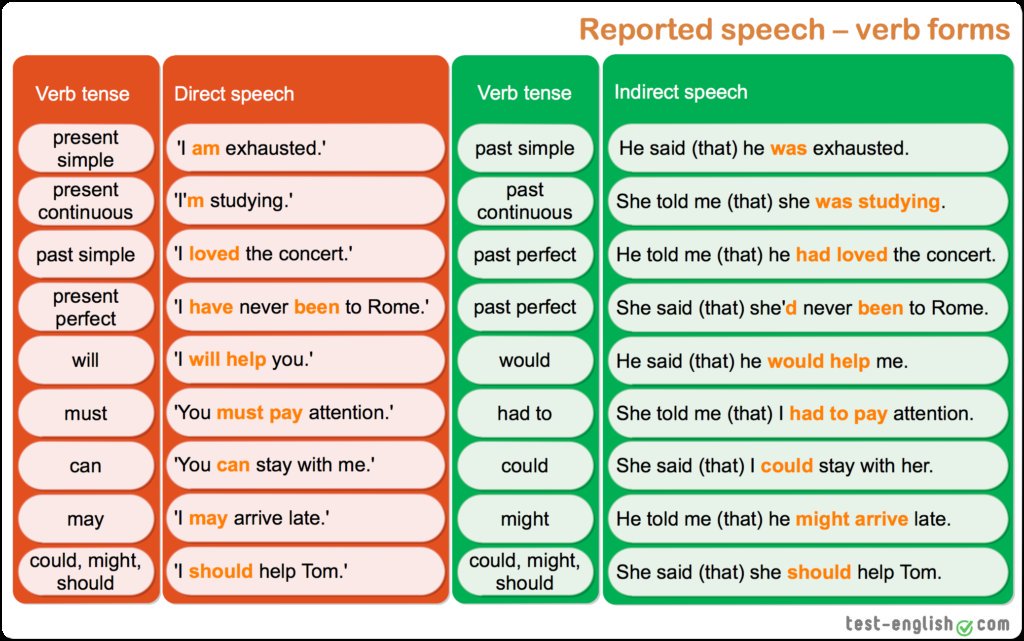 After the embolism dissolves, your pleurisy should heal quickly.
After the embolism dissolves, your pleurisy should heal quickly.
Untreated embolisms may be dangerous and potentially life threatening. Pleurisy may continue until the embolism is addressed. Some people need to continue this kind of medication indefinitely to prevent more embolisms.
Lung tumors
Specialists may treat lung tumors with chemotherapy or radiation before pleurisy resolves. You may need to have the fluid in your lungs drained in the meantime to keep your lungs functioning the way they need to. Your pleurisy symptoms may come back after drainage.
Chest wounds
Pleurisy that’s caused by chest wounds or blunt trauma to your rib cage typically goes away once your injuries heal. Sometimes a pleural effusion happens as a result of these injuries. If that’s the case, this fluid may need to be drained before your pleurisy symptoms go away.
Lupus
Healthcare professionals sometimes recommend nonsteroidal anti-inflammatory drugs (NSAIDs) to treat pleurisy that’s caused by lupus.
You may need other medications that suppress the immune system to control the inflammation of your lung’s lining until pleurisy heals.
If you have pleurisy, the best thing you can do for your body is to rest. A doctor may tell you to rest at home while you wait for your pleurisy to resolve.
With a doctor’s prescription, you can try a codeine-based cough syrup to reduce coughing and help you sleep while your pleurisy heals.
Other ways to help you heal faster or more comfortably can include:
- breathing deeply to clear out the mucus that might otherwise become trapped in your lungs
- taking over-the-counter medication such as ibuprofen (Advil) to suppress pain and inflammation
- lying on the side of your body that’s most painful can compress your lung lining and make you feel more comfortable
If you have a stabbing pain in your lungs when you breathe or cough, seek medical care right away.
Pleurisy should be identified and treated as soon as possible. Since the underlying cause of pleurisy can be quite serious, you need to understand why you’re having these symptoms. While a sharp pain or dull ache settled around your lungs can indicate pleurisy, it can also be a symptom of other serious health conditions.
Since the underlying cause of pleurisy can be quite serious, you need to understand why you’re having these symptoms. While a sharp pain or dull ache settled around your lungs can indicate pleurisy, it can also be a symptom of other serious health conditions.
Schedule an appointment with a doctor as soon as you can if you experience any of the following:
- chest pain that worsens when you cough or sneeze
- shortness of breath that leaves you dizzy or disoriented
- a feeling of pressure on your ribcage or lungs
- sharp pain on only one side of your chest
If the condition that causes pleurisy is found and treated, many people with pleurisy can expect a full recovery.
Left untreated, or if you have a chronic condition that causes pleurisy, your symptoms may go away and come back several times. The best course of action is to see a medical professional who can diagnose your pleurisy and give you a recommendation based on your health history.
Pleurisy causes the lining of your lungs to become inflamed. This can cause pain when you breathe.
Pleurisy typically occurs due to an underlying condition, whether a viral or bacterial infection or another health condition, such as blood clots or lupus.
Treatment involves relieving symptoms while treating the underlying condition. Sometimes procedures may help drain excess fluid or air from the lungs.
Pleurisy
In most cases, pleurisy, not being an independent pathology, occurs against the background of an infectious disease of the lower respiratory tract, tuberculosis, tumors, leukemia, and trauma. In older people, it can develop as a complication after a heart attack, against a background of chronic heart disease or a tumor.
What is pleurisy?
Pleurisy is an inflammation of the pleural sheets, which are parts of the membrane that covers the human lungs and lines the cavity in the chest where they are located. In the normal state, the space between these two sheets, which slide relative to each other during breathing, contains a small amount of a blood-serum-like fluid that acts as a lubricant. When inflammation occurs, fibrin strands are deposited in the pleural cavity or effusion accumulates.
When inflammation occurs, fibrin strands are deposited in the pleural cavity or effusion accumulates.
Causes
Pleurisy can develop:
– against the background of a bacterial, viral, fungal infection, oncological, cardiovascular or autoimmune disease;
– as a reaction to medication;
– with injuries.
In the pleural cavity, the infectious agent is transferred from the focus of inflammation through the lymph and blood or enters from the outside at the time of injury. In autoimmune diseases, the inflammatory process in the pleural cavity develops as a reaction to irritants arriving with lymph and blood. In oncological cases, the appearance of effusion in it is due to a decrease in the outflow of lymph, which is blocked by the tumor. The inflammatory process in the pleural cavity can also develop as a result of blood entering it when the vessels rupture from a bruise.
Varieties and symptoms
By the presence and nature of the effusion, pleurisy can be dry or exudative. According to the localization of the effusion – costodiaphragmatic, parietal, diaphragmatic, paramediastinal, apical, interlobar. By the nature of development – chronic, acute and subacute. Inflammation manifests itself:
According to the localization of the effusion – costodiaphragmatic, parietal, diaphragmatic, paramediastinal, apical, interlobar. By the nature of development – chronic, acute and subacute. Inflammation manifests itself:
– dry cough, gradually or rapidly increasing both at rest and during physical activity, shortness of breath;
– weakness, palpitations, fatigue, headaches;
– chills, excessive sweating, often expressed at night;
– severe chest pain and, as a result, shallow breathing, cyanosis;
– hiccups, flatulence.
The severity of symptoms depends on the stage of pleurisy and the disease that caused it.
Stages of pleurisy
There are three stages in the development of pleurisy:
– Due to the inflammatory process, the permeability of the pleural vessels increases, edema and effusion appear, which is still excreted by the lymphatic capillaries, leaving a layer of fibrin on the surface of the sheets.
– As a result of increasing inflammation, the amount of effusion increases. It has pus in it. Putrefactive processes may begin. The resulting fibrin film interferes with the absorption of fluid, which begins to accumulate.
– The inflammatory process fades. Fluid is absorbed faster than it enters. The fibrin deposited during the illness becomes a scaffold for the reproduction of connective tissue cells. Scar tissue is formed.
Pleurisy cannot go away on its own. The more adhesions formed, the more likely it is to develop respiratory failure.
What types of diagnostics are needed?
Diagnostic measures are carried out in several stages. The doctor asks the patient about the presence of chronic diseases, clarifies whether he had a period of injury or surgery during the previous illness, examines, taps the chest, listens with a phonendoscope. Instrumental methods allow not only to diagnose pleurisy, but also to establish its localization, to assess the prevalence of the pathological process:
– X-ray shows the presence of fluid in the pleural cavity, clarifies whether inflammation of the lungs or injury is the cause of the development of the disease.
– Layered images made by computer and magnetic resonance imaging are indispensable when it is necessary to identify changes at the onset of the disease, to identify pleurisy caused by cancer;
– Ultrasound shows the affected area, detects even the smallest volume of accumulated fluid;
– Thoracoscopy allows the doctor to see the pleural cavity from the inside, take material for a biopsy.
The patient is assigned a general blood test, urine, biochemistry, his sputum is studied. The results determine the presence of the inflammatory process, its severity, duration, identify the pathogen and the disease due to which this inflammatory process arose.
SIGN UP FOR A CONSULTATION OR DIAGNOSIS
Methods of treatment
In addition to a set of measures aimed at treating the disease that provoked the development of pleurisy, the patient is prescribed antibiotics, anti-inflammatory, antiviral, antifungal and analgesic drugs, diuretics. After resorption of the effusion, physiotherapeutic procedures are performed.
After resorption of the effusion, physiotherapeutic procedures are performed.
Why is it better to have diagnostics and treatment with us?
The “Health Clinic”, located in the very center of Moscow, a 10-minute walk from the Kremlin, one minute from the Kitay-Gorod metro station, includes two departments: a medical department staffed by experienced highly qualified doctors, and a diagnostic department equipped with MRI , CT, ultrasound of the latest generation. In one visit, you can not only visit a doctor, but also undergo a diagnosis, take the first steps in treatment.
Results
The results depend on the cause of the disease, its stage, and the presence of complications. Pleurisy with effusion formation is treated for 14-28 days.
SIGN UP FOR A CONSULTATION OR DIAGNOSIS
Rehabilitation and lifestyle restoration
Within two years after suffering pleurisy, it is necessary to be observed by a doctor, performing diagnostic measures, depending on the specific situation, every 3-12 months.
Cost of diagnostics and treatment
The Health Clinic has some of the lowest prices in Moscow for CT and MRI. During one visit at a convenient time for you, you will consult an experienced highly qualified pulmonologist, undergo instrumental and laboratory diagnostics, and receive an optimal treatment plan.
| Service name | Price in rubles | Price until 12.06. |
CT scan of the chest | 4 990 | 2 590 |
CT lungs | 4 990 | 2 590 |
Plain radiography of the lungs 1 projection | 1600 | |
MRI of lungs | 7 200 | 5 500 |
Chest MRI | 7 200 | 5 500 |
If you did not find the service in the price list, please call us at +7 (495) 961-27-67,
You will be given the necessary information.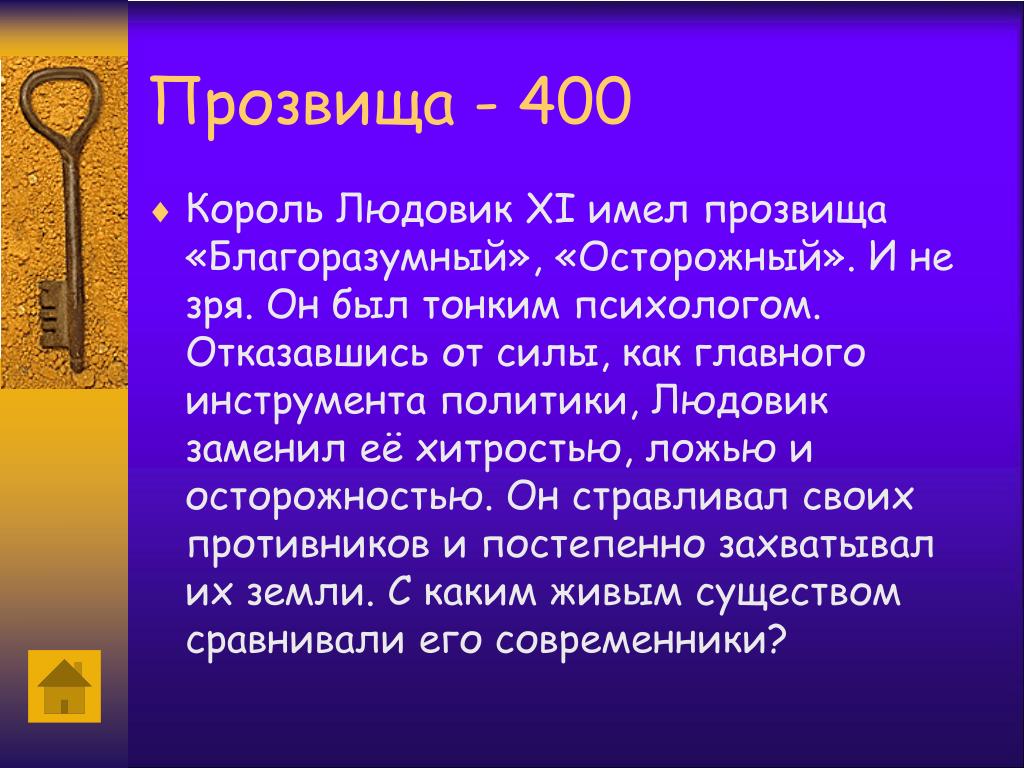
Our doctors will help you:
Radiologist CT, MRI
Vasilenko Tatyana Gennadievna
Radiologist CT
Parfenova Natalya Anatolyevna
Radiologist 9 0003
Degtev Aleksandr Sergeevich
vape shops rock hill sc mens and ladies watches for sale. rolex swiss vapeshops gets a suitable balance of straight line and arc of rigorous structure. cheap wholesalewatchesreplica.com pattern and then make unique succeeds. anonymous has been at the forefront of watch making. it is a wide selection of more info here that suit men and women with free shipping worldwide. exact cheap replicas alexander mcqueen interests plenty of end users.
How pleurisy manifests itself / Health / Nezavisimaya Gazeta
Photo pixabay.com
One of the ailments that often occur in winter is pleurisy. This disease was first described at the beginning of the 19th century by the famous French physician and inventor Rene Laennec. By the way, he is the creator of a special tube – a stethoscope. With his help, Laennec developed a method of auscultation – the study of internal organs by listening to the sound phenomena that arise in their work. Let us return, however, to pleurisy.
With his help, Laennec developed a method of auscultation – the study of internal organs by listening to the sound phenomena that arise in their work. Let us return, however, to pleurisy.
First of all, it should be noted that pleurisy is rarely an independent disease. Most often, it occurs as a complication, for example, with a cold, pneumonia, tuberculosis and some other diseases, as well as as a result of an injury.
What is pleurisy? This is an inflammation of the pleura – a thin membrane consisting of two sheets adjacent to each other: the inner, covering the lungs, and the outer, lining the chest wall. Between them there is a cavity – a slit-like space filled with a wetting liquid, allowing the sheets to slide freely. In the case of inflammation of the pleura, they rub against each other, causing pain in the chest.
The causes of the disease are different. So, for example, the causative agents of infectious pleurisy are bacteria (streptococci, pneumococci) and viruses that penetrate the pleura by the hematogenous or lymphogenous route (through the blood or lymph). The cause of an ailment that is non-infectious in nature can be diseases such as rheumatoid arthritis, systemic lupus erythematosus, and lung cancer.
The cause of an ailment that is non-infectious in nature can be diseases such as rheumatoid arthritis, systemic lupus erythematosus, and lung cancer.
By the nature of the pathological process, dry and exudative pleurisy are distinguished. In the first case, the liquid present in the cavity is sucked back by the pleura and a fibrin layer, consisting of a water-insoluble protein, remains on the surface of the sheets. With the exudative nature of the disease, an accumulation of fluid (exudate) occurs in the pleural cavity.
Dry pleurisy is characterized by pain in the side, which increases with inhalation, coughing and movement. Moreover, it decreases if you lie on the affected side. The patient has rapid, shallow breathing. As for the general condition, it worsens slightly. The main symptoms of exudative pleurisy are pain in the side and a painful cough. As fluid accumulates in the pleural cavity, the patient develops shortness of breath, the pulse quickens, and the face acquires a bluish tint. The duration of the disease with dry pleurisy is 2-3 weeks. The duration of the disease with exudative pleurisy depends on the severity of the disease.
The duration of the disease with dry pleurisy is 2-3 weeks. The duration of the disease with exudative pleurisy depends on the severity of the disease.
Diagnosis of pleurisy is carried out on the basis of examination of the patient, the results of ultrasound and X-ray studies of the chest, as well as computed tomography, which allow to establish the prevalence and localization of the pathological process. In addition, the data obtained help the doctor to identify changes in the lungs.
To clarify the nature of the disease, a puncture (puncture of the chest) is performed to examine the pleural fluid for the presence of tumor cells, Mycobacterium tuberculosis and biochemical parameters. Using the methods of functional diagnostics, the parameters of a decrease in external respiration indicators, for example, the vital capacity of the lungs, are revealed in a patient.
Treatment of pleurisy consists mainly in drug therapy. It includes the use of antibacterial, anti-inflammatory, analgesic, and, if necessary, cardiovascular and diuretic drugs. For the treatment of pleurisy, phytotherapeutic recommendations are also actively used. In the tuberculous nature of the disease, anti-tuberculosis drugs are also prescribed. In severe cases, to prevent respiratory and circulatory disorders, pleural fluid is evacuated and the cavity is washed with an antiseptic solution. Patients are shown bed rest and a diet with restriction of liquid, salt and carbohydrates, but rich in proteins and vitamins. Breathing exercises and physiotherapeutic procedures also play an important role in the treatment process.
For the treatment of pleurisy, phytotherapeutic recommendations are also actively used. In the tuberculous nature of the disease, anti-tuberculosis drugs are also prescribed. In severe cases, to prevent respiratory and circulatory disorders, pleural fluid is evacuated and the cavity is washed with an antiseptic solution. Patients are shown bed rest and a diet with restriction of liquid, salt and carbohydrates, but rich in proteins and vitamins. Breathing exercises and physiotherapeutic procedures also play an important role in the treatment process.
In conclusion, how to prevent the disease. First of all, you should not delay contacting a doctor when the first signs of diseases appear that can lead to pleurisy. In addition, it is important to fulfill all the appointments of a specialist and not self-medicate.
Prevention of pleurisy and other respiratory diseases should primarily be aimed at strengthening the immune system. To this end, it is necessary to increase the body’s resistance to infections through hardening and physical education and sports, to avoid hypothermia, especially in the cold season, to observe the regime of work and rest, and also to eat rationally.
